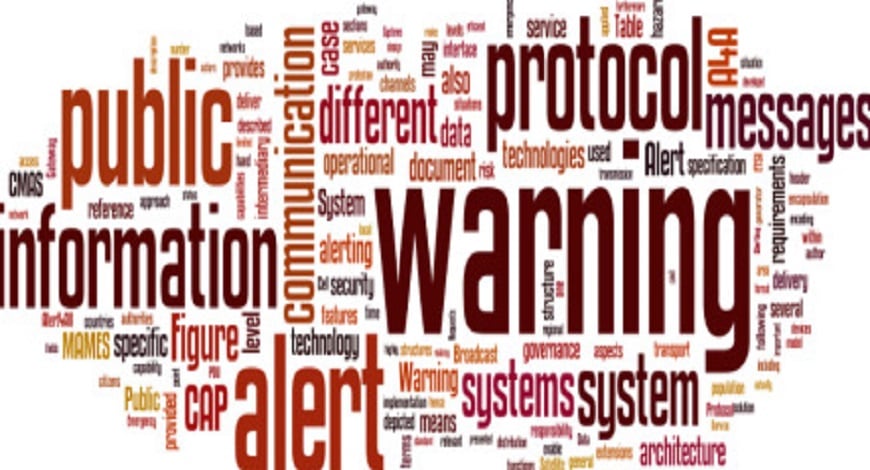The ongoing COVID-19 pandemic has increased the pressure on the government officials across the world to find ways to limit the spread of the virus to return their country to normal as quickly and safely as possible and mitigate the economic impact of the pandemic.
Governments, therefore, need a way to send trusted, accurate and reliable information regularly as the situation changes across the country or even throughout the world. Communication has never been more important since false information can circulate via social media in a matter of hours.
How a modern public warning system can be used to keep the public warned and informed during the pandemic with examples from countries across the world.
What is PWS? Public warning systems are used by the government or public authorities to notify the public regarding imminent or developing major emergencies and disasters. The public is, of course, a blend of citizens, residents, and visitors from other countries. Citizens may also be in other countries for business or personal travel and may need reliable information from their government while abroad.
The challenge for government is how to ensure that official public health information reaches everyone that needs to know securely and reliably that does not breach privacy rules. Mobile phones are used by over 60% of the global population, yet most governments are not using the mobile network to directly warn and inform the public and may not be aware that there are solutions available to do this.
There are two technologies which make it possible to alert the public via mobile phones without the need for the public to opt-in:
Cell Broadcast (CB). A one to many broadcast which is picked up by mobile devices. An audible alert and a message appear on the home screen of all mobile devices in a defined area, without using the mobile operator network.
Location-Based SMS (LB-SMS). A one to one communication where an SMS is sent directly to all mobile devices connected to the mobile operator network in a defined area.
COVID-19 Communication Scenarios
Public warning systems can be used during COVID-19 for situational intelligence and to send targeted messages to everyone in a specific geographical area. Typical scenarios include:
+ Declaring a lock-down.
+ Monitoring the pandemics expansion.
+ Mitigating the spread.
+ Identifying all vulnerable individuals.
+ Communicating with residents who are visiting or have
visited another country.
+ Preventing dense population gathering.
As an example, let us take one example of using PWS in managing crowded places. In other words, getting the right information to the right people at the right time in the right place and using the right channels.
Managing Crowded Places
During the pandemic, government authorities need to maintain social distancing in public places, including parks, city centres or beaches. Governments can use PWS in two ways: Firstly, for situational awareness to visualize on a map, how many mobile phone subscribers are in a defined area.
The situation can be monitored over time to assess if a crowd is reaching dangerous levels, which could increase the risk of the virus spreading. Secondly, alerts can be sent to the public to remind them of social distancing rules or ask people to leave or avoid the area.
The right information
Enforce social distancing rules or wearing masks.
Instruction to leave the area.
Instruction to avoid the area.
The right people
Anyone already in the crowded area.
Anyone already travelling towards the crowded area.
Anyone planning to travel to the crowded area by
posting alerts along travel routes and in railway stations.
The right time
The right place
The right channels
Mobile phone alerts.
Digital signage on major travel routes including road signs and railway stations.
Mobile apps – as a secondary channel for those who have downloaded the app.
Radio, TV, and social media.



